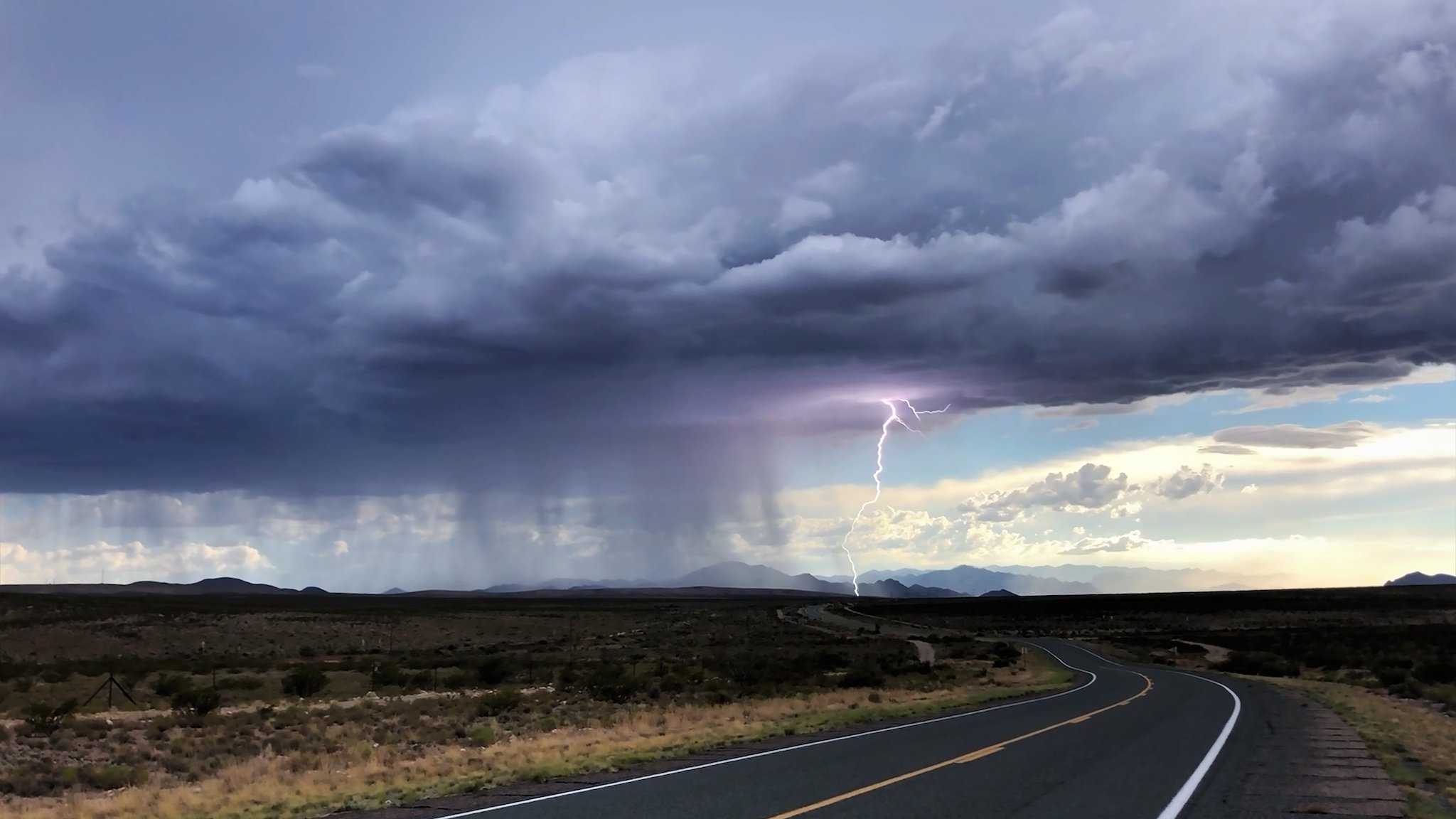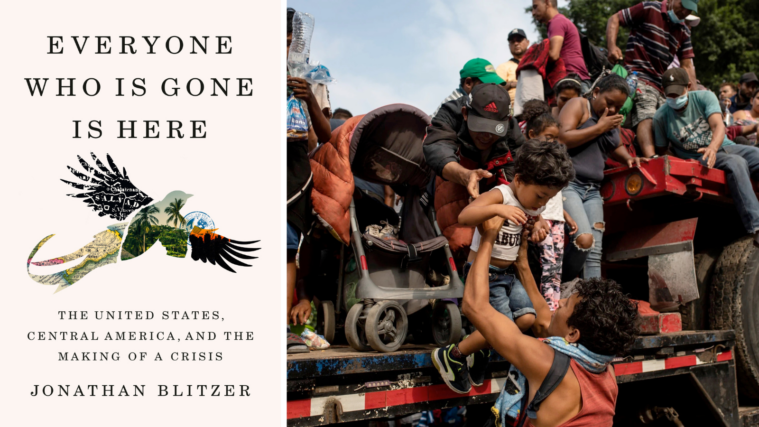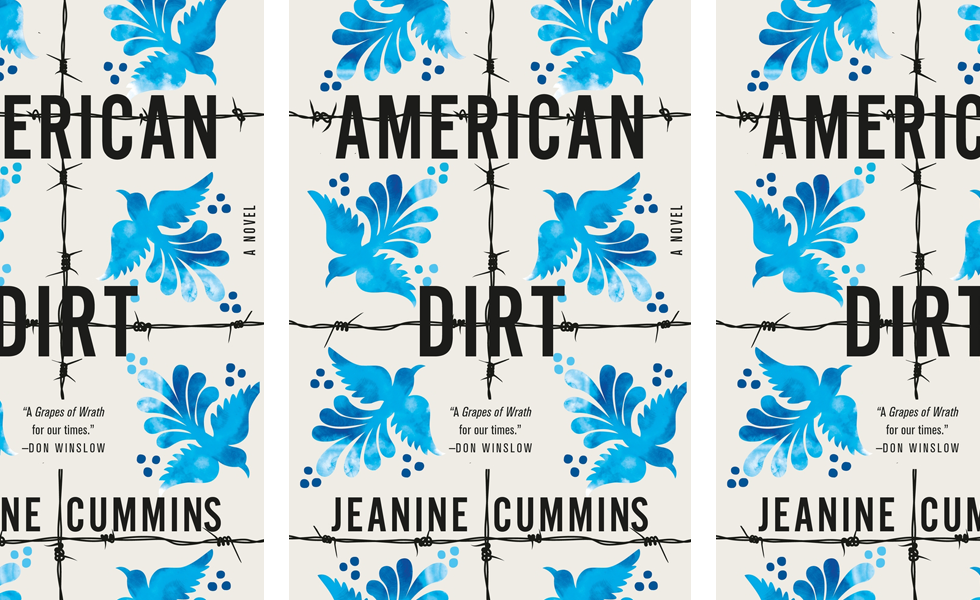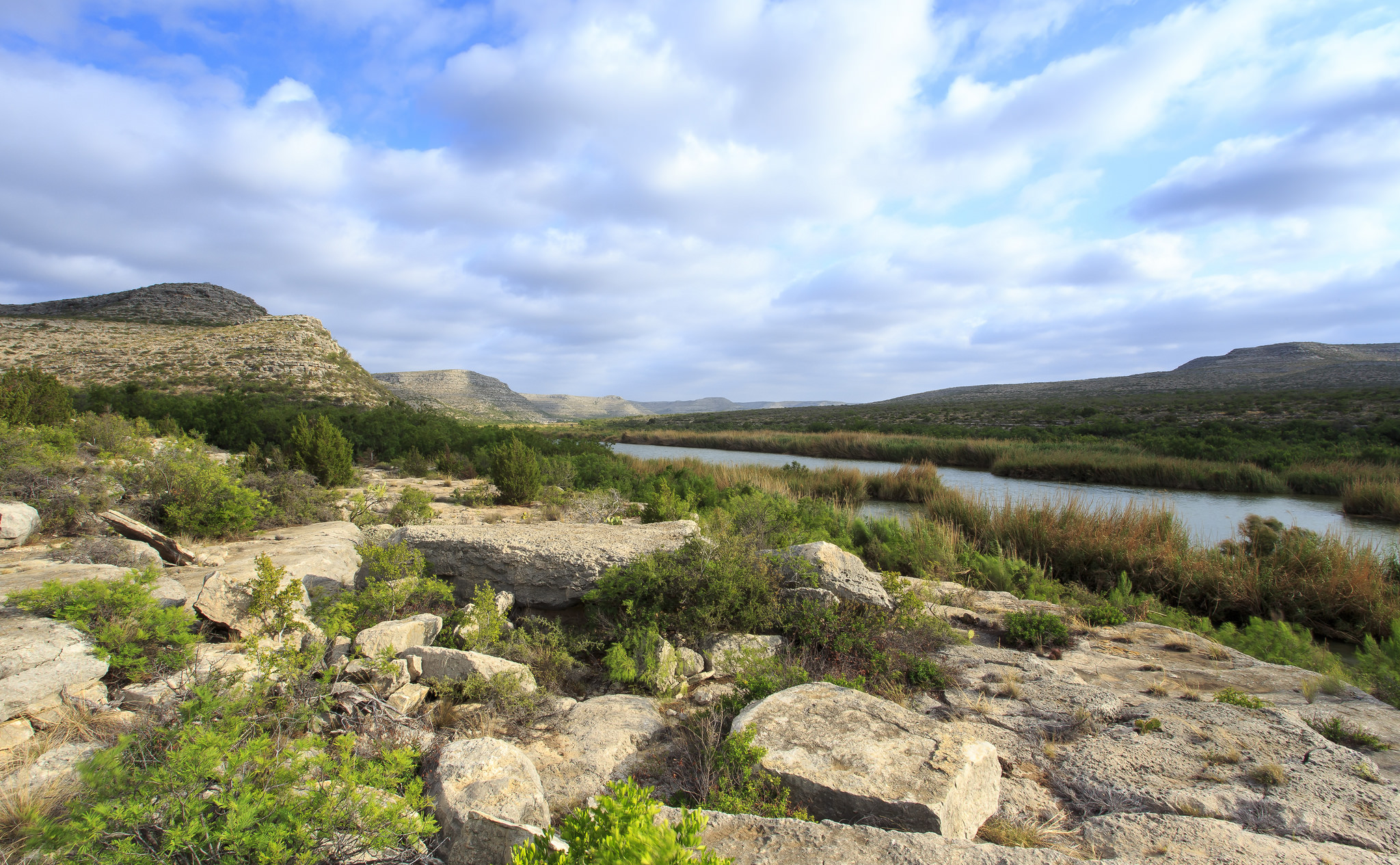
In ‘Texas Blood,’ a Ramble Through Borderland History
Texas expat Roger D. Hodge returns home to discover a “palimpsest of lost and vanishing lifeways.”
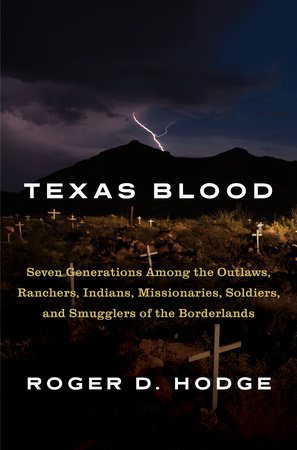
by Roger D. Hodge
KNOPF
$27.95; 368 pages
“When I was 18 years old,” recalls Roger D. Hodge, “I packed up my car and left Texas forever.” Though he now lives in Brooklyn, the Devils River still courses through his blood. Hodge grew up on its banks at his family’s ranch 55 miles northwest of Del Rio. A former editor of Harper’s and the Oxford American, he begins his rich hodgepodge of a book with a childhood recollection of the bloody mess he made by emptying a pellet gun into dozens of small birds. He grew up accustomed to the sight of blood — from lambs, goats and other livestock as well as varmints like coyotes and bobcats. Eager to trace his own bloodlines, he returns to the desolate, hostile landscapes of his forebears. “What was it that brought my people to this particular place?” he asks.
Texas Blood is an attempt to answer that question. Hodge learns that his people moved from Tennessee to Missouri, and that Perry Wilson, his restless great-great-great-grandfather, made his way to Texas in 1854 with his young bride, Welmett. He drives along the route they took through Kansas and Oklahoma to North Texas and then to the U.S.-Mexico border. He also retraces the arduous journey that Perry made twice from Texas to California and back.
Hodge does not undertake or present his travels in chronological — or logical — order. His entire excursion into family history seems a pretext to justify his rambles through space and time. Like Ian Frazier’s Great Plains and Paul Theroux’s Deep South, Texas Blood is a record of one man’s encounter with a region. The book is not linear, because Hodge the traveler meanders, and his thoughts circle around sanguinary scenes in the arid Southwest. In set pieces that would be digressions if the book possessed a dominant narrative, he is attentive to geology, botany, ornithology, anthropology and archaeology. “Like all American landscapes,” Hodge writes, “that of West Texas is a palimpsest of lost and vanishing lifeways.” He tries to decipher the layers written by Huichol, Jumano, Apache, Comanche, Spanish and Texan cultures.
“Compared with the long tenure of the Indians, the European presence here has been as brief as a cloud of dust.”
Following a surveillance blimp while driving along a lonely road near the tiny border community of El Indio, Hodge is suddenly surrounded and interrogated by Border Patrol agents. To satisfy his own curiosity, he later gets permission to examine the elaborate security complex along the border, peering at fences, cameras, drones and helicopters. He studies the government’s mixed success in apprehending immigrants and drug runners and combating the violence that continues to plague the borderlands. Hodge is briefed on what is called the “Big Pipe,” an ambitious project to create an electronic panopticon, so that an agent sitting at a computer anywhere can summon information and images gathered everywhere. “Before long,” he warns, “we may find ourselves inside the Big Pipe.”
Hodge is tickled that the characters at the beginning of Cormac McCarthy’s 2005 novel No Country for Old Men are probably trespassing on land belonging to his family. That is excuse enough to launch into a 14-page disquisition on McCarthy. “No other writer has so perfectly captured the sublimity of that rough country, its subtle beauty and deceptive power,” he contends, but, despite a keen eye and a lyrical bent, Hodge is no McCarthy. He describes No Country for Old Men as a “great neglected novel” — a bizarre assertion considering that the book, one of McCarthy’s most famous, was translated into at least 10 languages and adapted into an Oscar-winning film.
Though Hodge began his career at Harper’s as a fact-checker, he makes several other questionable assertions. Wandering through a “slightly shabby park” beside La Réunion Cemetery in Dallas, he writes: “It was hard to imagine people actually doing anything in the park, but the same can be said for almost every park I’ve ever seen in Texas.” Clearly, Hodge hasn’t spent much time at Memorial Park in Houston, Klyde Warren Park in Dallas or any of the state’s many other vibrant city parks. He discusses Frederick Law Olmsted, not as the designer of Central Park, Golden Gate Park and Prospect Park, in which people certainly do things, but as an adventurous, observant traveler and author of the remarkable memoir A Journey Through Texas. His reference to Olmsted’s A Journey in the Seaboard Slave States as “a fascinating if slightly tedious book” perhaps also describes stretches of Hodge’s own writing.
Hodge recounts a chilly night spent atop Mount Cristo Rey high above Sunland Park, New Mexico, witnessing thousands of pilgrims, armed against outlaws from nearby Juarez, celebrate an annual mass beneath the 29-foot statue of Jesus. He has much to say about characters such as Álvar Núñez Cabeza de Vaca, the hapless Spanish explorer who covered much the same ground as Hodge does, except naked, starving and lost; John Glanton, the homicidal maniac who led a rampage of killing, raping and scalping; and Sam Houston, huddled in an Oklahoma wigwam with his Cherokee wife. He analyzes the fearsome Comanche empire, undone by its own internal conflict more than by Texas rifles. He offers vivid accounts of cattle drives, wagon trains and range wars.
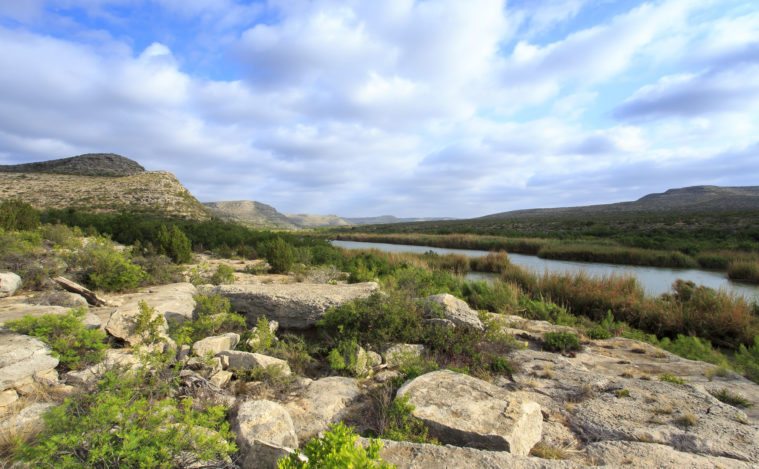
Texas Blood concludes with a climb into Seminole Canyon, west of Comstock, to ponder the hundreds of prehistoric pictographs left by a vanished culture. The bleak, inhospitable setting inspires thoughts of human transience. Indigenous communities disappeared after thousands of years; their successors have been here for mere centuries. “Compared with the long tenure of the Indians,” Hodge writes, “the European presence here has been as brief as a cloud of dust.” This rambling yet bounteous book compounds the blood and dust that make us human.
Roger Hodge will read from Texas Blood in Dallas, San Antonio, Austin, Houston and Del Rio this month. See tour dates here.
